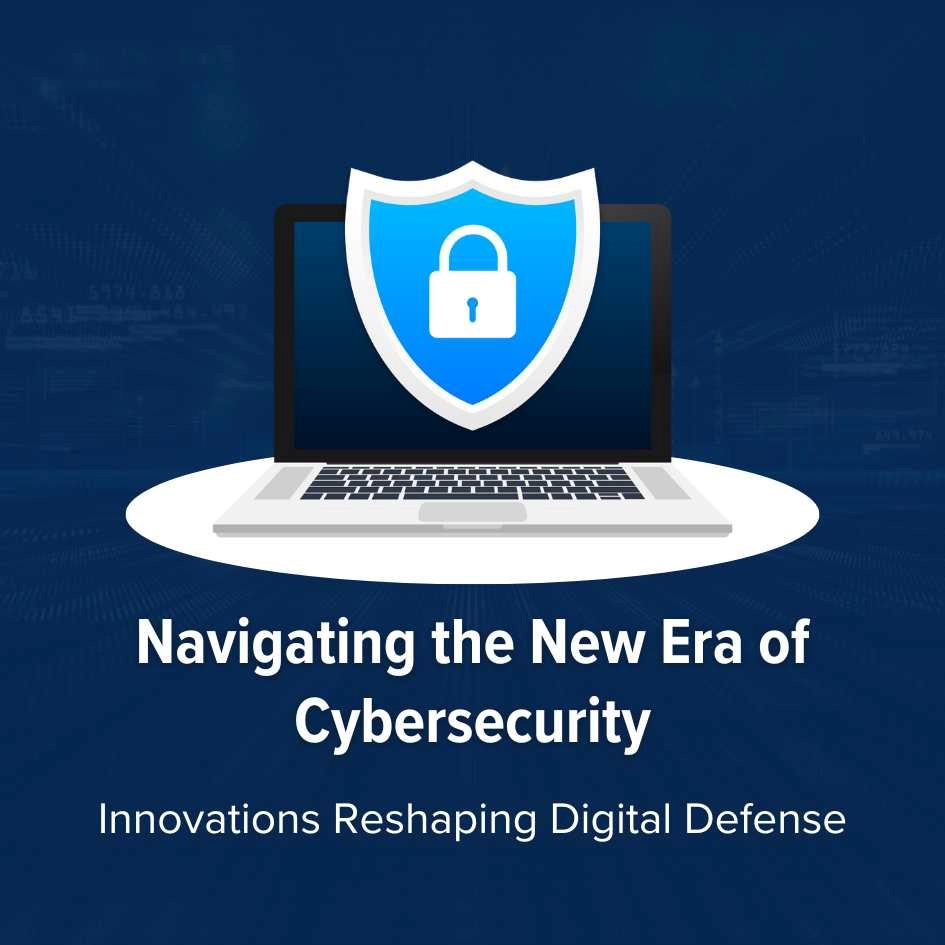In today’s rapidly changing cybersecurity landscape, the emergence of sophisticated threats has outpaced traditional defense methods. In his recent exploration, Harish Kumar Reddy Kommera examines the cutting-edge innovations transforming digital security, offering a detailed look at the latest threats and advanced defense strategies reshaping the field. With extensive experience in cybersecurity research, he sheds light on how these new approaches are redefining protection against evolving risks.
The Rise of Advanced Persistent Threats and Ransomware
The digital era has brought a surge in sophisticated threats like Advanced Persistent Threats (APTs) and ransomware, which involve stealthy, prolonged attacks by cybercriminals aiming to steal data or disrupt operations. Ransomware has advanced beyond basic data encryption to tactics like double extortion, where attackers demand payment not only for decryption but also to prevent data exposure. This evolving threat landscape has pushed organizations to shift from reactive defenses to proactive cybersecurity strategies that can anticipate and counter risks more effectively.
Leveraging AI and Machine Learning for Smarter Security
Artificial Intelligence (AI) and Machine Learning (ML) are transforming threat detection. Unlike traditional rule-based systems, AI-driven approaches can process vast amounts of data to identify unusual patterns or potential threats. The ability to detect anomalies in real-time is crucial in mitigating cyber attacks swiftly. AI’s capacity to automate responses—such as isolating compromised systems or adjusting firewall settings—ensures that organizations can contain threats before they escalate.
However, the challenge lies in ensuring that AI-driven security systems make reliable decisions. Mechanisms for verifying the performance and reliability of AI algorithms are necessary to foster trust in autonomous cybersecurity tools.
Adopting a Zero Trust Approach to Secure Access
The “Zero Trust” model is gaining traction as a comprehensive security framework that operates under the principle of “never trust, always verify.” It emphasizes continuous authentication and monitoring, ensuring that every request to access network resources is verified, regardless of its origin. This approach mitigates risks associated with compromised credentials by limiting access to only what is necessary for specific tasks.
Zero Trust architecture is particularly effective in addressing insider threats and unauthorized access attempts, making it a critical component of a modern cybersecurity strategy. Organizations implementing this model can significantly reduce the potential damage from both internal and external threats.
Blockchain for Enhanced Data Integrity
Blockchain technology offers a decentralized and tamper-proof ledger system that ensures data integrity. Its use in cybersecurity extends beyond secure transactions; it can maintain the integrity of audit logs, which are vital for investigating security incidents. Blockchain’s immutability makes it extremely challenging for attackers to alter records without detection.
In addition to its application in transaction security, blockchain is being explored for secure identity management and supply chain transparency. By providing an immutable record of digital activities, it adds a layer of trust in environments where data authenticity is paramount.
Quantum Cryptography: The Future of Unbreakable Encryption
With the development of quantum computing, current encryption methods are at risk of becoming obsolete. Quantum cryptography presents a potential solution by using the principles of quantum mechanics to create encryption keys that are theoretically unbreakable. Quantum Key Distribution (QKD), for instance, ensures that any attempt to intercept the encryption key would alter its state, alerting both parties of the eavesdropper.
Quantum-safe cryptography is not just a futuristic concept but a growing field, with implementations already in high-security environments. It is set to play a critical role in safeguarding data against the computational capabilities of future quantum computers.
Behavioral Analytics for Insider Threat Detection
Traditional cybersecurity often targets external threats, but insider risks from malicious actions or errors remain significant. Behavioral analytics helps organizations establish normal user behavior baselines to detect deviations indicating potential insider threats. By continuously monitoring user actions, suspicious activities like unusual access times or unexpected data transfers can be flagged, adding an extra layer of defense against internal risks.
As cyber threats continue to advance, adopting innovative defense mechanisms is crucial. Harish Kumar Reddy Kommera highlights the importance of a proactive approach that integrates AI, Zero Trust, blockchain, quantum cryptography, and behavioral analytics to build a robust, adaptable security framework. The continued development of these technologies, along with best practices like software updates and employee training, will play a vital role in shaping the future of cybersecurity.

